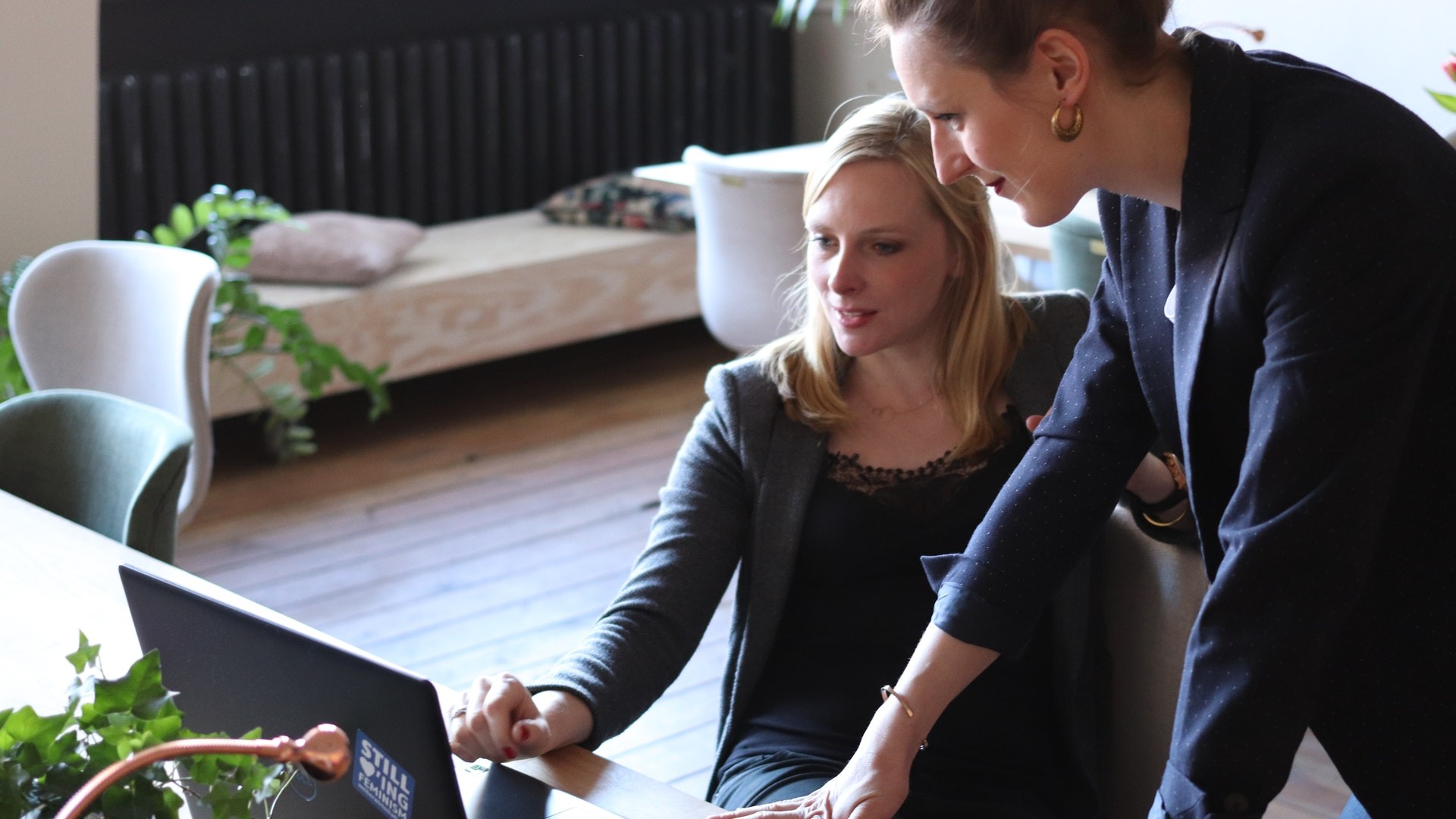
Let's face it, we spend most of our working lives being super-busy, and complaining about it to anyone who'll listen. There's nothing worse, right? Except, well... not being busy.
Don't get us wrong: it's lovely to have free time that you've planned for, like on holiday, for example. But when idleness is thrust upon you, whether that's due to a global pandemic or just a natural gap between projects, it can be difficult to know what to do with yourself.
For this post, we asked six web designers for their suggestions. And while they were all at pains to stress that downtime is a rarity for them and their studios, they did come up with some useful tips that any web designer or developer can learn from.
If you're after more web design tips, then don't miss our roundup of the best web design tools available.
01. Support your juniors

"Our developers focus on continuous learning as a principle," says Priscilla Coates, managing director at Magma Digital. "So when they're between projects, they engage in targeted supervision opportunities to support more junior developers more closely, as well as scheduled research and development for improving our own services and innovations to benefit our clients."
In short, adds Priscilla, "we embrace the notion of 'working on the business as well as in the business’ and extend this to all of our team as part of their on-going development and a constant strive to invest in quality.”
02. Test your skills with a side project
"Downtime is a great opportunity to work on something you've been needing or wanting to do for a while," says Melin Edomwonyi, director of product for Illustrate Digital. "As an example, last year we used it to build thegutenbergsite.com, to test our skills and see what happens with no client brief involved. If the downtime is short, i.e. less than a day, then we'll use this time to explore new UX trends or tidy up our code library to make future projects more efficient."
03. Read a good book

"When a project ends, I take the opportunity to meditate my mind and desktop," says Bryony Sutton UX and UI designer at Banc. "Throughout web builds, my desktop can start to look a bit scattered with files and documents. I’ll organise these by type and then version, so I can access them if needs be, post-launch."
She adds: "To help draw a line under a project, I like to read. I find that completing a book separates one project from the next and puts my mind in a different space. This different helps me attack the next project fresh, preventing the risk of all projects, creatively and emotionally, blending into one."
04. Host a hackathon
"At ShopTalk, we have an internal initiative called 'Shop, Let’s Make it' – a quarterly design-hackathon where the team get to apply their creative skills to their own ideas, and ShopTalk invest in helping to make these happen," explains director and co-founder Paul Ferry. "Outside of the hackathon we continue to build and grow on these projects, and that’s how we fill that downtime. Keeping the creative skills honed, building commercial savvy, and allowing everyone’s cool ideas to come to life."
05. Learn a new skill

"Downtime can present an opportunity to upskill," says Benoit Soucaret, creative director, experience design at LiveArea. "LinkedIn and Adobe are two drivers of personal development and have extended their services to this end during lockdown."
The former have made 16 learning courses free of charge, while the latter has extended temporary 'at-home' licenses to educational and institutional customers of its Creative Cloud apps. "So while disruption can see many projects shorten, downtime can still be used productively," says Benoit. "There are more opportunities to learn than ever before, designers and developers simply have to open to them."
06. Improve your processes
"I use downtime to improve our processes," says Arrann Diamond, digital director at Greenwich Design. "Recently it’s been a big shift to the cloud, ensuring all our projects are accessible on Google Drive. I also like learning about new ways to make projects run more smoothly.
"As digital director, really understanding a developer’s point of view and having a good knowledge of technologies and build processes is essential," he adds. "I find YouTube and Udemy tutorials are really useful for this. Understanding information, rather than just relaying it, is very different, but it’s the key to conveying trust with both clients and developers.
Read more:

Thank you for reading 5 articles this month* Join now for unlimited access
Enjoy your first month for just £1 / $1 / €1
*Read 5 free articles per month without a subscription

Join now for unlimited access
Try first month for just £1 / $1 / €1
Get the Creative Bloq Newsletter
Daily design news, reviews, how-tos and more, as picked by the editors.

Tom May is an award-winning journalist and editor specialising in design, photography and technology. Author of the Amazon #1 bestseller Great TED Talks: Creativity, published by Pavilion Books, Tom was previously editor of Professional Photography magazine, associate editor at Creative Bloq, and deputy editor at net magazine. Today, he is a regular contributor to Creative Bloq and its sister sites Digital Camera World, T3.com and Tech Radar. He also writes for Creative Boom and works on content marketing projects.
